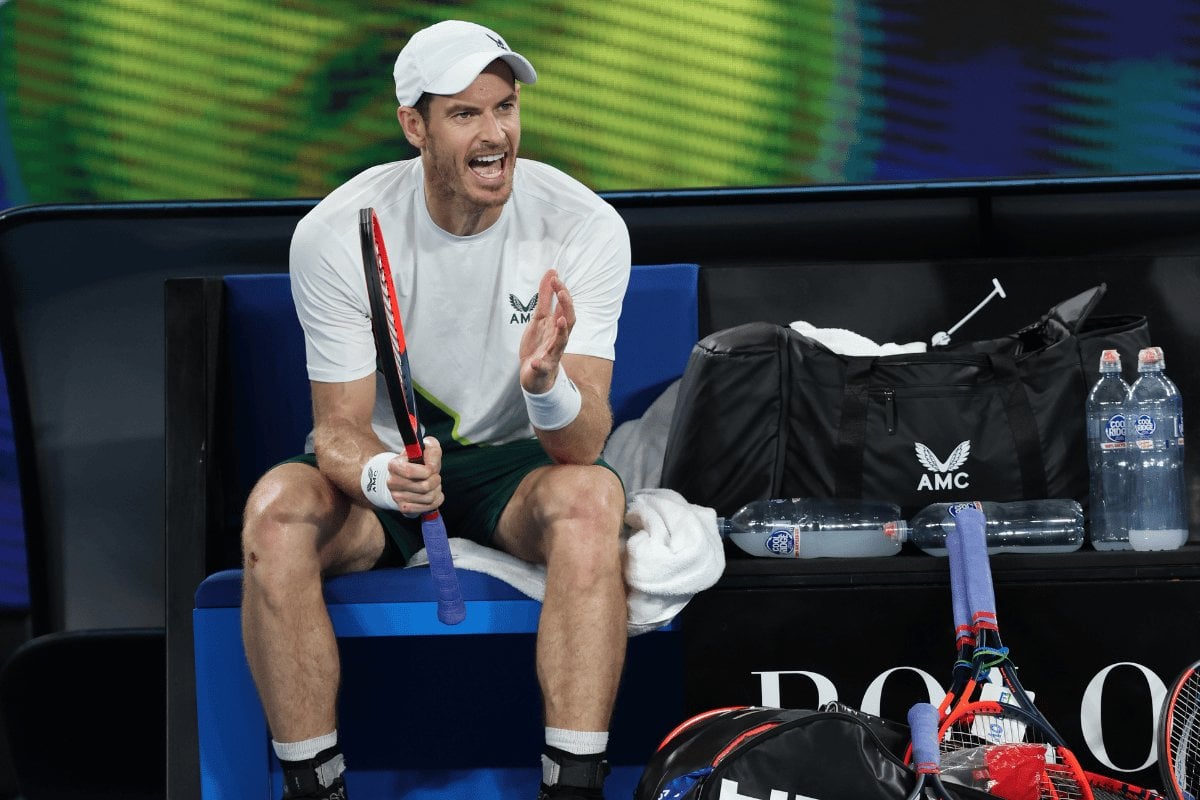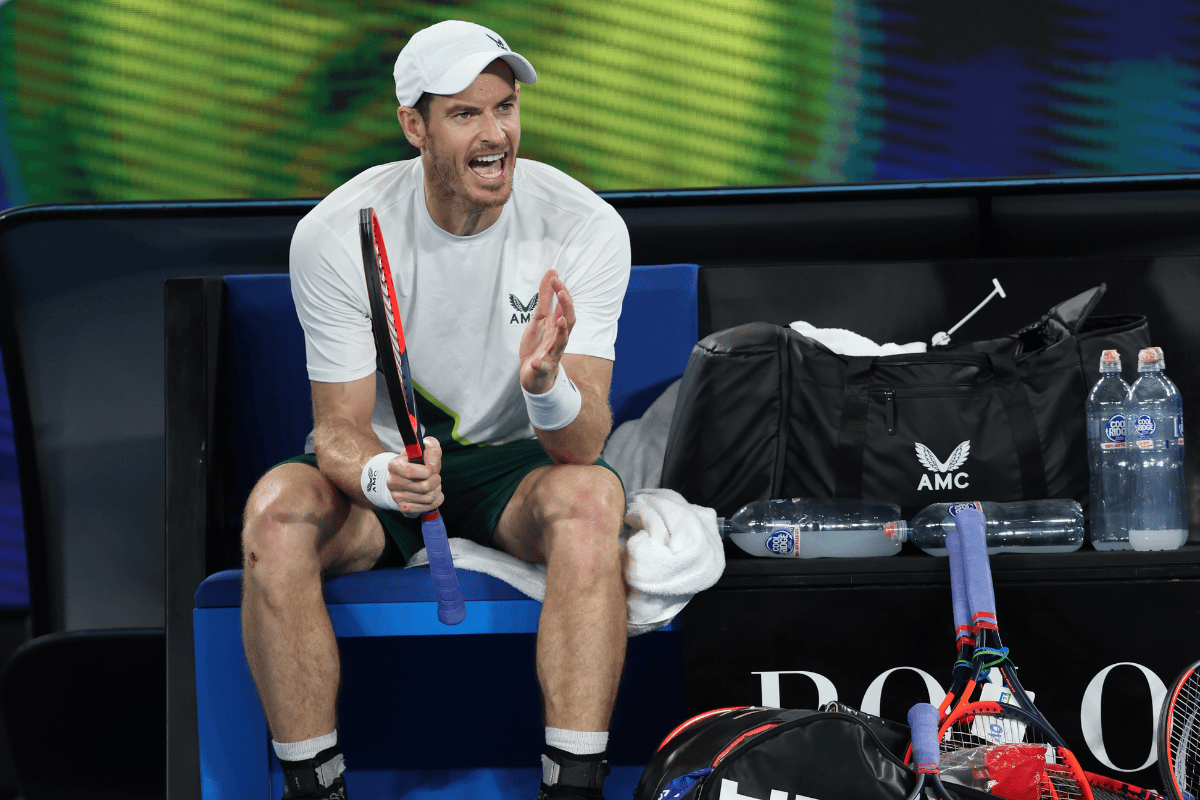
Former world No.1 Andy Murray defeated Thanasi Kokkinakis in a five-set comeback victory overnight, earning a spot in the third round of the Australian Open.
The lengthy match, which ended just after 4am, almost beat the 2008 record for the latest grand slam finish.
After tuning in to watch the Australian Open, we've started to ask ourselves some very serious, high brow questions.
For example, why wasn't Andy Murray allowed to have more than one toilet break during his six-hour match? What's going on with ballkids, and why are they constantly picking up used towels? And how much are tennis players really earning at Melbourne Park?
Watch: Nick Kyrgios on what people don't get about pro tennis. Post continues below.
Here are eight questions you've probably asked yourself while watching the Australian Open, answered.
1. Are there strict toilet break rules at the Australian Open?
During Thursday night's match, Andy Murray was the latest player to criticise the Australian Open for their stringent rules.
During his almost six-hour match against Thanasi Kokkinakis, Murray had just one toilet break.
When the time reached 3am, Murray requested another bathroom break before the final set got underway, only to be told he wasn't allowed as he'd already taken a bathroom break earlier in the match.

Top Comments